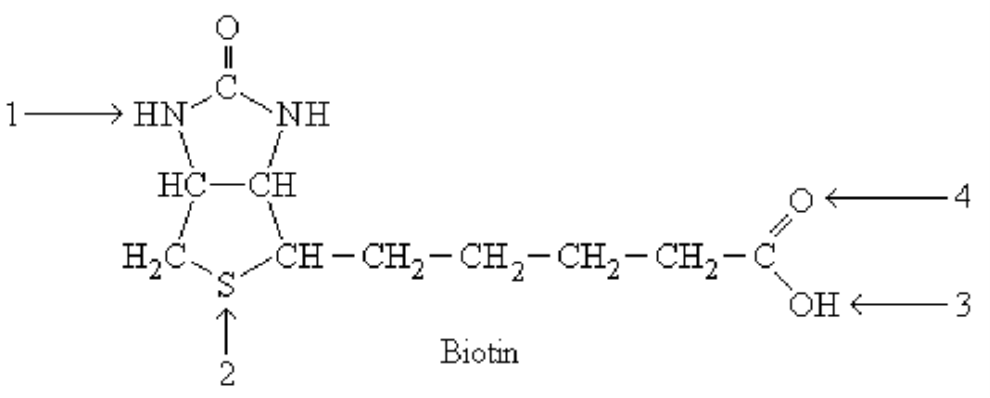#Question id: 5819
#Unit 8. Inheritance Biology
Individuals with Cockayne syndrome are more likely to:
#Question id: 5820
#Unit 8. Inheritance Biology
A new chemical pesticide developed for agricultural use was subjected to the Ames test. The rate of mutation seen in samples treated with the pesticide and liver extract was approximately half that of the samples treated with the liver extract alone; in samples treated with only pesticide, the mutation rate was about the same as that of untreated samples. Which of the following statements could you make about this pesticide?
#Question id: 5821
#Unit 8. Inheritance Biology
An organism that exhibits a novel phenotype due to a change in genetic material is:
#Question id: 5822
#Unit 8. Inheritance Biology
. __ are the result of exposure of organisms to physical and/or chemical agents that cause changes in DNA or RNA.
#Question id: 5823
#Unit 8. Inheritance Biology
provide a selective advantage to the organism when grown in its original environment.
#Question id: 5824
#Unit 8. Inheritance Biology
___ is a second mutation at a different location in the genome that compensates for the effects of an original, first mutation.

